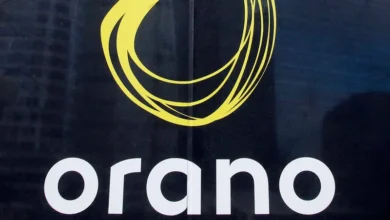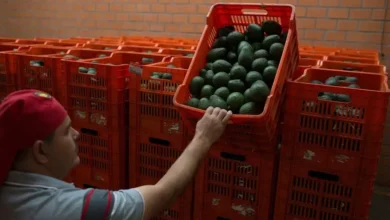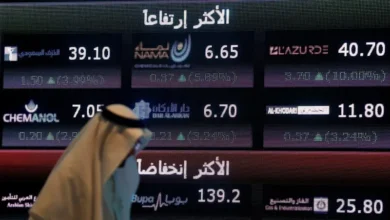A new kind of 3D-printed carrot, in the words of its Qatar-based inventors

Two students in Qatar have created a 3D printer that can mass-print vegetables, something they hope will be a solution to growing food insecurity worldwide.
Mohammad Annan, 20, and Lujain Al Mansoori, 21, use artificially grown vegetable cells and UV light to print a prototype of an edible carrot – something that has not been done with vegetables yet.The information systems students at Doha’s Carnegie Mellon University won the top prize in the FoodTech category in the Business Incubation and Acceleration Hackathon, hosted in August by Qatar Development Bank.
Lab-grown vegetables
Annan and Al Mansoori built their own 3D printer from scratch, scouring the world for the parts they needed to make a machine that could print a carrot in a revolutionary manner.
So far, 3D-printed edibles were made with purees of vegetables or fruits – conventionally grown – to print food for those with eating disabilities, for instance. But these methods cannot support mass production.
Annan and Al Mansoori built upon current masked stereolithography technology – which uses ultraviolet light to set the “inks” – for their 3D printer, which allows fast, bulk printing compared with pre-existing 3D printing methods.
“[Our] technology, it supports mass production because it uses ultraviolet light. This type of printing has been done before using ultraviolet light with resin, but it’s never been done before using edible material,” Annan said.The two scientists try to explain their project simply and clearly, but they acknowledge that one of the biggest challenges has been making the technology accessible to laypeople.
“[T]here is a learning curve to be able to communicate it clearly so that it’s not too alien,” Annan said. “How do we communicate this without seeming like we’re crazy?”
Just as nutritious as a regular carrot
Only 2.5 percent of Qatar’s area is arable, and this is an issue many other countries also face.
“Qatar … heavily relies on imports,” Annan told Al Jazeera, adding that the country had recently been working to reduce this reliance and grow its own food, which had its challenges.
“To convert land that wasn’t even meant for agriculture to arable land is obviously a very high cost so we wanted to provide a solution … and we found that 3D printing and lab-grown vegetables or fruits can provide an alternative.”
Using a process known as plant cell culture, cells from the vegetables are harvested and multiplied in sterile lab conditions. They are then used to create the UV-sensitive printer ink used in the machine. The cells can then be molded and printed in the shape of a carrot, or any shape preferred with the 3D printer.
“We focused on carrots as a proof of concept because they are the most researched type of vegetable especially in terms of stem cells. But in the future we hope to look at fruits and vegetables that are very climate specific and rare to actually print those vegetables,” Al Mansoori said.
She added that their 3D-printed carrot has the same nutritional value as a conventionally grown carrot, as the soil’s environment is mimicked in the lab.According to the latest United Nations report, published in July, 735 million people are currently facing hunger, with 122 million more people pushed into hunger since 2019 as a result of the COVID-19 pandemic, climate change and conflicts including the war in Ukraine.
“The major drivers of food insecurity and malnutrition are our ‘new normal,’” the report said.
Al Mansoori said the cost of 3D-printed food had been raised as a possible concern, but since production does not rely on large areas of land or maintenance costs, 3D-printed carrots can be cheaper.
“Currently, 3kg (6.6lb) [of carrots cost] 15 riyals ($4.12). We can sell 3kg [of 3D-printed carrots] for 10 riyals ($2.75), only for carrots. When we aim to go onto climate-specific fruits and vegetables, the price will be even lower,” she said.
Al Mansoori said they hope 3D food printers will eventually be used everywhere including in restaurants, supermarkets, and hospitals, “making food accessible to people all over the world”.










